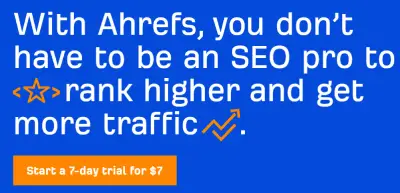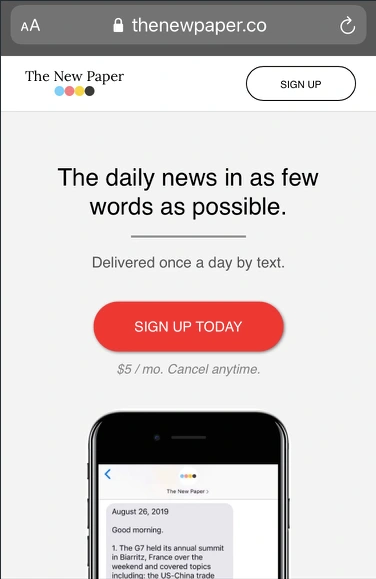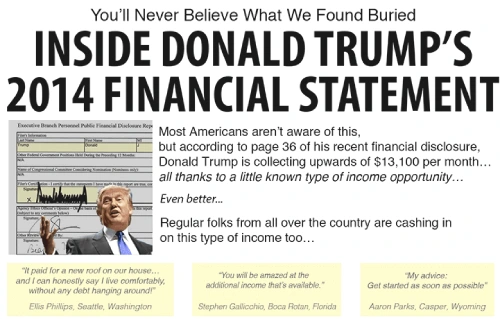You might know the famous David Ogilvy quote “five times as many people read the headline as read the body copy.“
Your headline (and ad spend) will reach five times more people than the rest of your copy.


That’s why headlines are a vital copy element you just have to master.
If you’re fine with being a mediocre copywriter … doing mediocre work … for mediocre clients … click away from this article now.
But if your ambitions lie higher than that – and you want to become one of those rockstar writers, who with just a couple of tweaks can turn a company from the verge of bankruptcy into a soaring business hot on everyone’s lips… then stick around.
Here’s a checklist I created to make this task just a little bit less daunting.
Table of Contents:
1. A Dead-Simple Headline Writing Checklist
2. 4 Qualities a Great Headline May Possess
2.1. Self-benefit
2.2. News
2.3. Curiosity
2.4. Quick & Easy
A Dead-Simple Headline Writing Checklist
After you’ve written your headline, ask yourself these questions:
- What does the reader get?
- Is the benefit clear to the reader?
- How easy is the benefit to attain?
- How long will it take to attain the benefit?
- Is the lead new or fresh? Or is this an old hook that has been used and re-used into oblivion?
- Does the headline amp up the curiosity and make the reader “talk back to the ad”?
And that’s it.
For more information on the underlying psychology of headline writing, read on…
4 qualities a great headline may possess
Legendary copywriter John Caples said that there are four important qualities that a good headline may possess:
1. Self-interest
Tested Advertising Methods by John Caples
2. News
3. Curiosity
4. Quick, easy way
Wondering why you should care about what some random copywriter that lived in the 1930s thought about writing good headlines?
Well, he wrote the ads for this book:


Just look at the bullets and you’ll see that a direct-response copywriter has been let loose.
Let’s take a look at the four qualities Caples mentions:
Self-benefit
The what’s in it for me part of the headline.
Taking the book above as an example, the title clearly indicates that, by reading the book, you’ll learn to make friends and influence people.
Let’s go into the wild and find some other examples.


The self-benefit in this example is obvious. You want to rank your site higher and drive more traffic to it. But you’re not an “SEO pro”. With Ahrefs you don’t have to.


A mobile-optimized landing page for a service giving you, well, the daily news as concisely as possible.
News
Most news-focused headlines tend to be quite sensational and “oh-my-god-you-have-to-try-this”.


The word “discover” implies there’s something new to learn.
The “how to use” adds to the self-benefit we talked about before.
There’s more happening in this headline but I’ll talk about it at a later date.
Curiosity
A great place to go for curiosity-laden headlines is your own email inbox.
Sign up for a couple or in my case 200 email lists, direct them all to their own folders so that your primary inbox won’t be cluttered, and come back in a couple of weeks.
Here are some examples of curiosity-focused headlines from my own inbox:


Your copy will be trash (unless you do this…) – Builds curiosity by implying there’s a way to avoid writing bad copy and that way is detailed in the email.
So about yesterday’s email – Hints at some kind of controversy/drama. Probably only works if you read yesterday’s email.
A university researcher gets held hostage in the slums of Chicago. What happens next will (probably not) SHOCK you. – Shocking story (notice the lack of self-benefit here).
Quick & Easy
Quick & Easy is used to answer common objections such as:
How is this new?
How is this different from everything else?
It won’t work.
It won’t work for me.
Some examples of headlines that characterize Quick & Easy:


“Discovers the secret” implies that there’s been a secret “trick” to escape the rat race all along. And in this advertorial (ad that looks like an editorial) you’ll find out what the “7 simple rules” are.
Keep in mind that this ad ran in the 1970s — it wouldn’t be as effective today (due to the market being inundated with headlines like these).


Self-interest: “Regular folks from all over are cashing in on this type of income too”.
News: “You’ll Never Believe What We Found Buried”
Curiosity: “Inside Trump’s 2014 Financial Statement”
Quick & Easy: “Little known type of income opportunity”
Print out these 6 questions
- What does the reader get?
- Is the benefit clear to the reader?
- How easy is the benefit to attain?
- How long will it take to attain the benefit?
- Is the lead new or fresh? Or is this an old hook that has been used and re-used into oblivion?
- Does the headline amp up the curiosity and make the reader “talk back to the ad”?
Print those 7 questions out and reference them whenever you’re tasked with writing headlines, email subject lines, or even subheadings in a blog article.
Remember that this is a checklist, but you can still create great headlines that work better than you’d ever imagine even if your headline doesn’t pass all the questions above. Context is everything. As always.
If you’re interested in getting this type of content straight to your inbox (starting with the 10 email marketing mistakes most brands make), fill out the form below.



